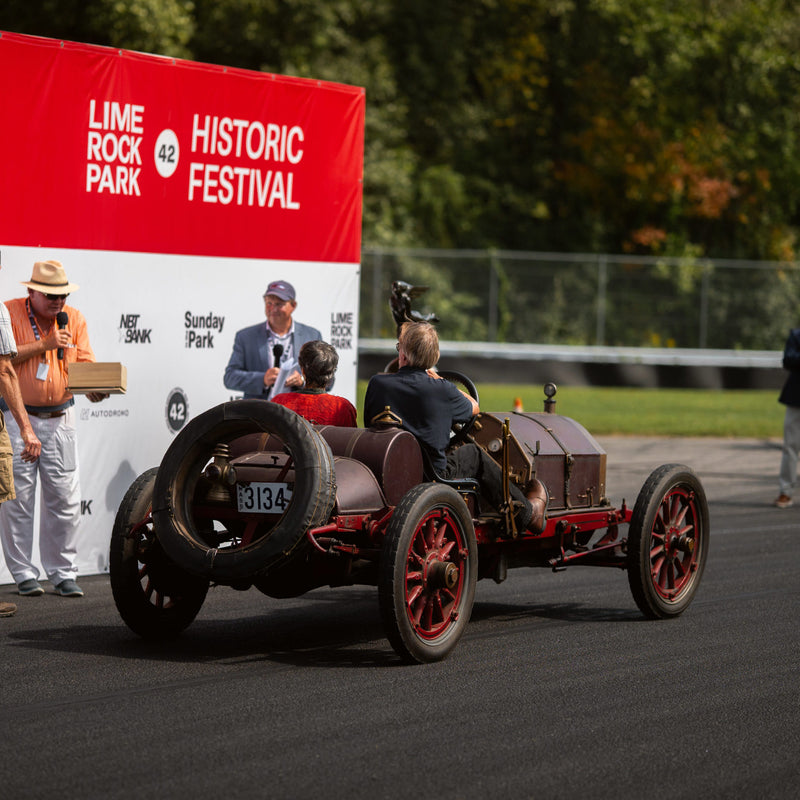Racing in the 1930s was exciting as hell. Automotive engineering was really getting into its stride, with nearly every non-electronic innovation that we think of as modern today already in use, at least at the very cutting edge of motorsport. Even variable valve timing had been around for at least a decade, albeit only in exotic experimental aircraft. Adding to this thrilling atmosphere was a laissez-faire attitude, or at the very least an overwhelming ambivalence, towards the safety of both racers and spectators. Throw in tire and braking technology still several generations behind that of the most advanced powerplants, as well as our only emerging understanding of aerodynamics, and the resultant drama remains unmatched in terms of intensity in all of racing history.
By 1933, the French and Italians had dominated Grand Prix competition for more than ten years—Bugatti, Alfa Romeo, and Maserati in particular had garnered a reputation of near invincibility from outside manufacturers. I don’t know how true it is, but I’ve read somewhere that Ettore’s T35 is, to this day, the most successful race machine ever built. Take that for whatever you will, it at least puts the perceived wisdom of the era into context.


Things really heated up when the German government, eager to demonstrate their technological might in a tense pre-war political climate, soon began funding both Mercedes and Auto Union to the annual equivalent of several million dollars apiece. The Silver Arrows were coming, and they would be literally unbeatable until the outbreak of war halted the wheeled deathgames in 1939.
The extraordinarily advanced thinking behind these racers could, and has, filled countless books, so hard as it is to do so, I’ll narrow the technical details to a haphazard handful of standout features, for now concentrating on the Auto Unions:
Designed by Porsche, all types (A through D) were powered by supercharged engines in V configurations, the first three with 16 cylinders, the last with 12, and varying in displacement from three to six liters and producing anywhere from just under 300 to over 500 HP.
Types A through C used, literally, a single overhead cam—not as in per bank, but meaning one central bumpstick between the 45 degree angled cylinder banks operating all 32 valves. The complex and ingenious system of rockers used for valve operation further necessitated by these engine’s hemi heads makes a strong argument for the mechanism as art.


Type D cars featured a 60-degree vee and two additional, overhead-in-the-traditional-sense cams, for a total of three. These cars were also twin-supercharged, as were some type Cs.
Fuel tanks were made of unprotected sheetmetal, with the driver essentially sitting on top.
Mid-engined, all four types had a wicked propensity to oversteer as a result of limited torsional rigidity. With engines that made up an alarmingly high percentage of the overall car’s weights, and with a strong rearward bias of mass, they were feared by even their most accomplished pilots.
None of them weighed more than 1,900 pounds, none of them had seatbelts, traction control (or any driver assistance whatsoever), or tires greater than the width of an outstretched hand—all were capable of at least 174, most 210 MPH, all had steering wheels also suitable for use on very large wind-driven yachts, and were easily induced into 100+ mile per hour wheelspin.
Describing their drivers as “heroes” is completely inadequate.


Image Sources: taringa.net, prensa.audi.es, slotforum.com, cartype.com, planetdiecast.com




















































